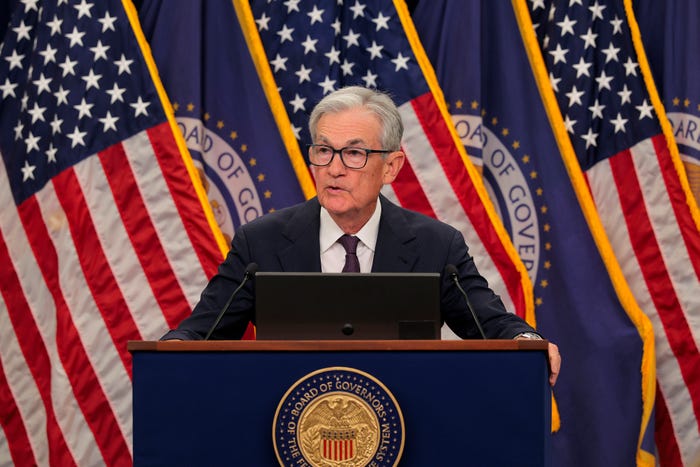UPDATE: The Federal Reserve is poised to cut interest rates by a quarter-point this Wednesday, October 4, 2023, despite the ongoing government shutdown that has stalled critical economic data. This anticipated reduction, projected at 98% by CME FedWatch, aims to provide relief to consumers facing rising borrowing costs amid a turbulent economic landscape.
The shutdown has delayed the release of vital reports from the Bureau of Labor Statistics, leaving the Fed without a complete picture of the job market. While the September jobs report remains unpublished, inflation has recently ticked down to 3%, still above the Fed’s target of 2%. Fed Chair Jerome Powell is expected to announce the rate cut in the face of slow job growth and increasing unemployment, signaling a shift to a more accommodative monetary policy.
The Federal Open Market Committee will conduct its critical meeting as Congress grapples with a budget impasse, leading to unprecedented uncertainty. Powell has indicated that the labor market’s strength has waned, stating, “I can no longer say that,” referring to the previously solid job creation rates. This shift in tone is significant and suggests the Fed’s readiness to adjust its policies in response to emerging economic challenges.
Financial analysts, including Stephen Kates from Bankrate, anticipate that the Fed will proceed with the rate cut regardless of forthcoming inflation data. Kates emphasized that the Fed is likely to prioritize the deteriorating labor market over inflation concerns. “Even if inflation comes in higher than expected, the Fed has signaled it is more comfortable with the current inflation level compared to the weakening job market,” he noted.
The ongoing government shutdown has made it challenging for the Fed to rely on traditional economic indicators. Although the Fed has limited data, Powell’s previous statements suggest a willingness to implement a less restrictive policy to stimulate growth. Consumer sentiment is also faltering; a key indicator dropped in October, indicating that Americans are feeling the strain of high prices and limited job opportunities.
While the decision to cut rates is almost certain, there is internal disagreement among Fed members about the extent of the cut. Some members have voiced strong opposition to Powell’s previous stances, with one calling for a 1.25% reduction by year’s end—a far more aggressive approach than the consensus.
The implications of this rate cut could be significant for everyday consumers. Lower rates typically lead to reduced costs for 30-year fixed mortgages, auto loans, and credit card debt. As borrowing becomes cheaper, increased consumer spending could help alleviate some of the economic pressure many Americans are currently facing. However, it’s important to note that those with high-yield savings accounts may see diminishing returns as rates fall.
With the Fed’s decision looming just hours away, the economic landscape remains fragile. Consumers should prepare for potential changes in their financial situations as the Fed’s actions unfold. This developing story is crucial for anyone interested in the state of the economy and its impact on personal finances.
Stay tuned for updates as this situation evolves, and prepare for how these changes may affect your financial decisions in the coming days.






